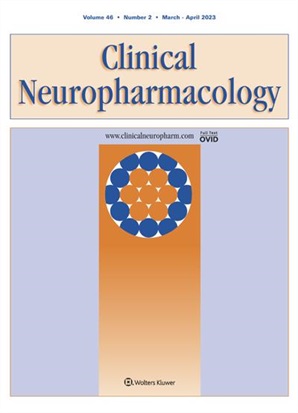
“Objectives: Medical cannabis (MC) has recently garnered interest as a potential treatment for neurologic diseases, including Parkinson’s disease (PD). A retrospective chart review was conducted to explore the impact of MC on the symptomatic treatment of patients with PD.
Methods: Patients with PD treated with MC in the normal course of clinical practice were included (n = 69). Data collected from patient charts included MC ratio/formulation changes, PD symptom changes after initiation of MC, and adverse events (AEs) from MC use. Information regarding changes in concomitant medications after MC initiation, including opioids, benzodiazepines, muscle relaxants, and PD medications, was also collected.
Results: Most patients were initially certified for a 1:1 (∆9-tetrahydrocannabinol:cannabidiol) tincture. Eight-seven percent of patients (n = 60) were noted to exhibit an improvement in any PD symptom after starting MC. Symptoms with the highest incidence of improvement included cramping/dystonia, pain, spasticity, lack of appetite, dyskinesia, and tremor. After starting MC, 56% of opioid users (n = 14) were able to decrease or discontinue opioid use with an average daily morphine milligram equivalent change from 31 at baseline to 22 at the last follow-up visit. The MC was well-tolerated with no severe AEs reported and low rate of MC discontinuation due to AEs (n = 4).
Conclusions: The MC may improve motor and nonmotor symptoms in patients with PD and may allow for reduction of concomitant opioid medication use. Large, placebo-controlled, randomized studies of MC use in patients with PD are required.”







